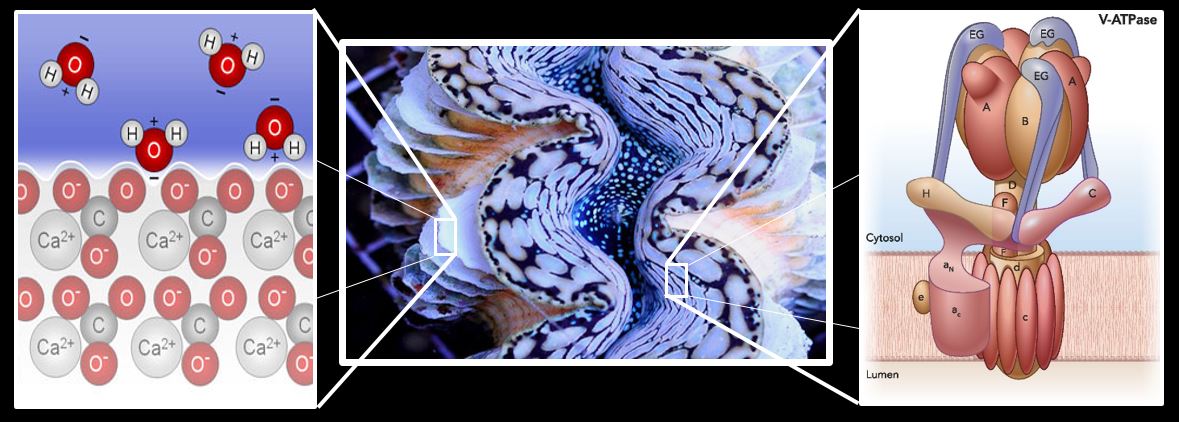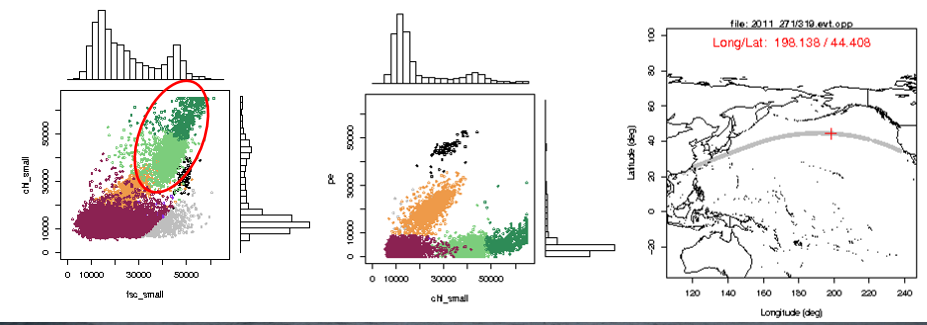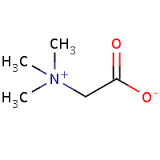Research Interests

Current Projects
Physiology of Tropical Giant Clams
Giant clams (genus Tridacna) are among the most charismatic of coral reef inhabitants and are important both culturally and economically in many developing island nations where their annual export production values can exceed $90 million USD (~5% of total GDP). Giant clams also host symbiotic algae (genus Symbiodinium), a characteristic shared by many reef-building corals. However, unlike corals, whose temperature induced symbiotic breakdown (bleaching) has been intensively studied, there is currently very little known about the effects of increased temperature and low pH on tridacnid clams and their symbionts.
*** More Information Coming Soon ***

Effects of Multiple Stressors on Development in Marine Crustaceans
Under future climate scenarios we expect lowered oceanic pH (ocean acidification) and an increase not only in mean ocean temperature (ocean warming), but also in the frequency and severity of extreme heat events. Many intertidal ectotherms have been shown to respond negatively to these abiotic drivers 1.
Early life history stages are often the most susceptible to acute changes in the environment and require a narrower range of optimal conditions to successfully complete their development. Mortality in such stages can be extremely high (> 90%) even under ambient natural conditions 2 and thus sensitive early life history stages may represent important bottlenecks for population growth and persistence under a changing climate 3.
Differences in thermal tolerance thresholds have been documented to exist among individuals within a population 4. If these differences are heritable, standing variation in thermal tolerance may allow populations to persist in the face of climate change.
*** More Information Coming Soon ***
References: 1. Matoo OB et al. (2013). Comp. Biochem. Physiol. 164 A: 545-553. 2. Kurihara H. (2008). Mar. Ecol. Prog. Ser. 373: 275-284. 3. Byrne M & Przeslawski R. (2013). Integr. Comp. Biol. 53: 582-596. 4. Lagerspetz KYH & Bowler K. (1993). J. Therm. Biol. 18(3): 137-143.
Developmental Effects of Acidification and Warming in Tropical Gastropods
*** More Information Coming Soon ***
Thermal Physiology And Capacity for Acclimation in Gastropod Molluscs
*** More Information Coming Soon ***
Past Projects
Phytoplankton Community Structure and Carbon Export in the N Pacific
As a graduate student in the Quay Lab at the University of Washington, I participated in two trans-Pacific research cruises (summer and fall 2011, see image) on the OOCL container ship Tokyo to gather baseline data on the temporal and spatial variability in rates of primary production, phytoplankton community structure (in collaboration with the Armbrust Lab), and carbon export in the subtropical and subarctic North Pacific.
Results from this work can be found here:
Palevsky HI, Quay PD, Lockwood DE, & Nicholson DP. (2016) The annual cycle of gross primary production, net community production and export efficiency across the North Pacific Ocean. Global Biogeochemical Cycles 29.
Online


Targeted Metabolomics in Giant Clams and Reef-Building Corals
When organisms are faced with osmotic stress they often produce compounds known as osmolytes to help reduce osmotic pressures and thereby protect cells from damage from dessication or over-hydration. One class of purported osmolytes are betaines and in particular, the compound glycine betaine (see image).
Interestingly, glycine betaine has also been implicated in plants to play a role in stabilizing chloroplast photosytem II complexes leading to reduced oxidative damage during periods of intense photosynthesis. Glycine betaine (and other related compounds) have been recently reported in corals and are associated with both the zooxanthellae and cnidarian hosts. Although more reserach needs to be done to ascertain the exact functional role of betaines in corals, their presence suggests that corals may be using betaines in a dual capacity - both as osmolytes and as photoprotectants
As an undergraduate, I worked in the Hill Lab using a targeted metabolomics approach to identify and quantify betaine compounds within samples of giant clam mantle (siphonal and byssal), adductor mussel, and gill. Several betaines were found to be present in extremely high abundance in giant clam tissues. As in corals, this suggests that betaines may be playing a functional role in tridacnid clams - either as osmolytes, or perhaps as stabilizing agents for the photosystem II complex of symbiotic zooxanthellae.

Gulf of Maine CyanoHAB Monitoring Project
As an undergraduate student, I interned in the Anderson Lab at Woods Hole Oceanographic Institute(WHOI) where we used a Fluorescent-In-Situ-Hybridization (FISH) technique to identify cyanobacterial species which secrete potent toxins that are harmful to humans and other organisms.
FISH is a staining technique that allows for labelling of cells containing a specific sequence of either DNA or RNA. A fluroescent molecule is attached to a small nucleotide primer which is complementary to the sequence of DNA or RNA of interest in the cell (see image below). When the primer encounters this target sequence it binds, bringing the fluroescent molecule along with it and thereby "labelling" the cell. If enough primer binds inside a cell, that cell can be identified under a fluorescent imaging microscope (see below).
The goal of this project was to design RNA-binding probes from available 16s-rRNA data for three most important toxic cyanobacteria species in the Gulf of Maine (Microcystis aeruginosa, Anabaena flos-aquae, and Cylindrospermopsis raciborskii). Using FISH, we were able to clearly label potentially toxic cells, thereby allowing for quick and sure identification of dangerous cyanobacteria. As part of this research, I successfully developed two species-specific rRNA probes. Work on this project continues in the Anderson lab with the ultimate goal being the development of a cyanobacteria-sensing instrument that can be permanently moored in the Gulf of Maine, alerting coastal managers to the presence and abundance of toxic cyanobacterial blooms in real-time.
